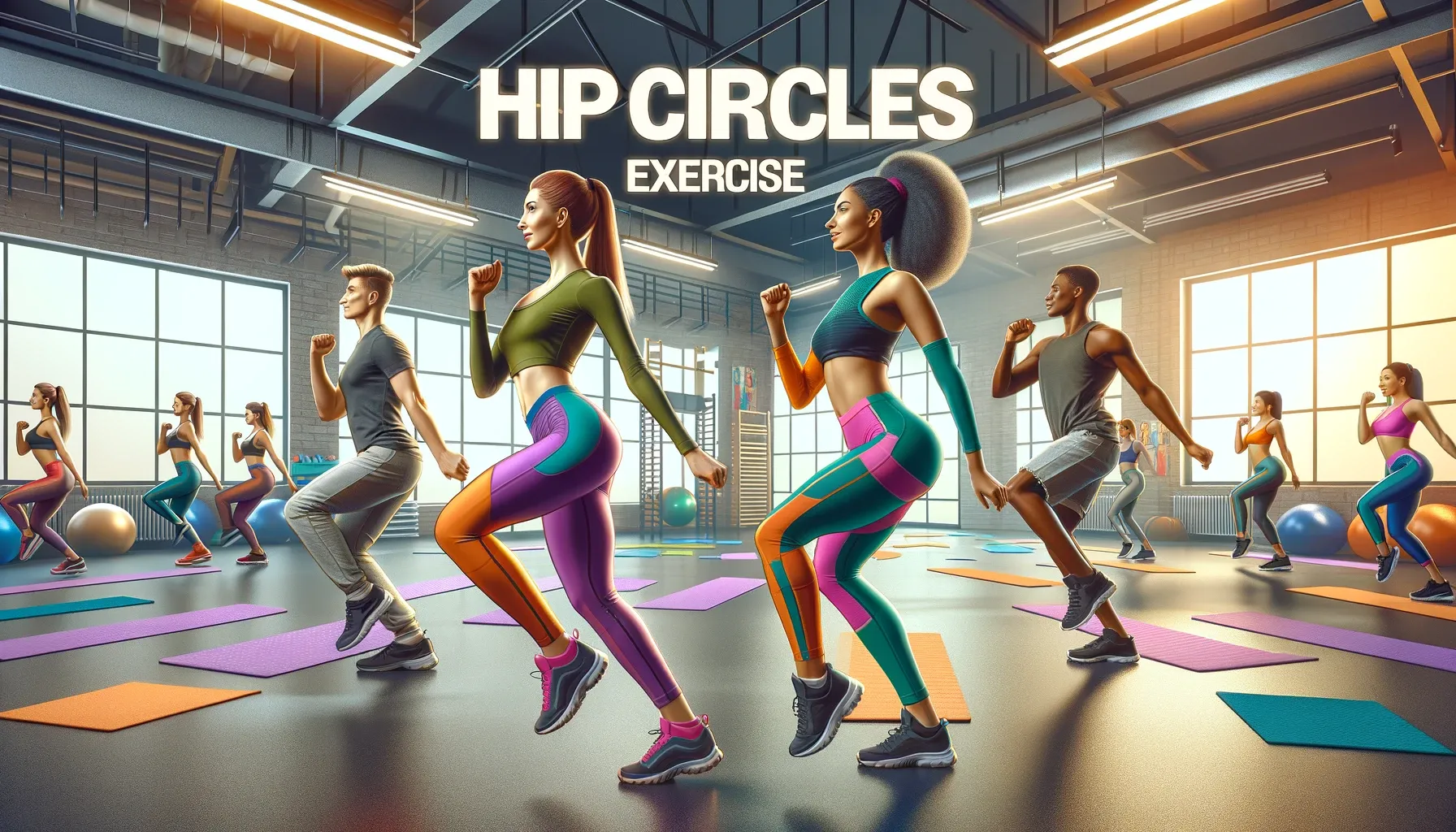Table of Contents
Dismantle the illusions spun by Negative Health and Fitness Advertisements. Uncover the truth behind the smoke and mirrors. Break free from the trap. Don’t be fooled.
Health and fitness advertisements are everywhere these days. From social media to TV commercials, we’re constantly bombarded with messages about the latest diet fads, exercise programs, and supplements promising amazing results. While some of these ads promote legitimate products and services, many rely on negative messaging that can be quite harmful. In this article, we’ll explore some of the issues with negative health and fitness advertisements and why they can do more harm than good.
Why Negative Messaging is Used in Ads
Negative messaging takes advantage of some of the basic ways our brains work. We’re more likely to pay attention to threatening information as an evolutionary survival mechanism. Negative messages also tend to be more memorable. Using fear, guilt or shame motivates people to want to fix the problem being presented. That’s why so many health and fitness ads rely on making people feel bad about their bodies or pressuring them to meet unrealistic standards. Here are some examples of negative messaging commonly used:
- Before and after photos emphasizing “problem” areas or dramatic weight loss
- Language about burning fat, blasting calories, shrinking problem zones, etc.
- Messaging about being swimsuit or summer-ready by losing weight
- Images portraying idealized, extremely thin bodies as the goal
- Statistics about rising Obesity rates to Create urgency
- Claims that you need to exercise and diet or face health risks
While these tactics may work to capture attention and sell products, they can also cause harm.
The Harmful Impacts of Negative Messaging
Negative health and fitness advertisements can contribute to:
- Lowered self-esteem and body image issues: Constant exposure to idealized bodies and messaging about problem areas overwhelms people and causes self-consciousness and shame about appearance. This is especially problematic for adolescents.
- Disordered eating and exercise habits: The emphasis on extreme thinness, calorie restriction, and rapid results can lead to the development of eating disorders and compulsive exercise behaviors.
- Weight stigma and discrimination: Presenting higher weight as a dire health risk and problem to be fixed increases stereotyping and mistreatment of people in larger bodies.
- Unrealistic standards and expectations: Promoting unrealistic, unattainable looks as the goal can make people continually disappointed in themselves and feed into a cycle of ongoing striving and failure.
- Diet culture and internalized fatphobia: Positioning smaller bodies as inherently good and larger bodies as bad promotes diet culture and internalized prejudice against higher-weight people.
- Mistrust of health professionals: Exaggerated claims and unrealistic promises breed distrust of legitimate health authorities who give more moderate, evidence-based recommendations.
- Wasted money: Billions are spent each year on products and programs over-promising results from following the latest fad diets, fitness trends, and magic pill supplements.
Clearly, the cons seem to outweigh the pros when it comes to the frequent use of negative messaging in health and fitness ads. Great post to read about fruity pebbles nutrition facts.
Pushing Back Against Harmful Standards
Thankfully, there is a growing movement challenging the ideals pushed by many of these advertisements and advocating for more empowering messaging. Here are some ways you can push back:
- Avoid extremes: Focus less on weight as the primary marker of health and prioritize balanced nutrition and lifestyle changes over extreme dieting.
- Examine internal biases: Reflect on any internalized prejudice you may hold against higher-weight people and work to combat weight stigma.
- Find body-positive spaces: Follow social media accounts and read books promoting size acceptance and intuitive eating instead of restriction. Surround yourself with diverse bodies and viewpoints.
- Question claims: Be critical of sensational promises of overnight weight loss or body transformations. Look for evidence and science to back up claims.
- Speak up: When you see harmful messages, talk to family and friends about why they are problematic and spread awareness through social media.
- Support legislation: Advocate for regulations on the health claims made in ads and restrictions on featuring heavily edited bodies.
The more we call out nonsense and push back against unrealistic standards, the less these negative messages can harm us. Brands will also learn that consumers want more thoughtful, ethical messaging.
What Responsible Health and Fitness Messaging Looks Like
So if scare tactics and body shaming don’t work, what should health and fitness messaging focus on instead? Here are some key principles of responsible, ethical messaging:
Emphasizes Health Over Weight Loss
Ads should focus on overall wellness and healthy habits for their own sake rather than making weight the ultimate goal. Promoting adequate sleep, stress management, healthy relationships with food, mental health, and self-care does more good than simply pushing weight loss.

Promotes Inclusive, Realistic Images
Instead of idealized bodies, advertisements should feature diverse people with different body types, sizes, abilities, and ages. Images shouldn’t be dramatically photoshopped or edited. The message should be that all bodies deserve respect and can pursue health.
Avoids Generalizations
Saying things like “all women want to lose 15 pounds” or that everyone should have a six-pack implies stereotypes and narrow beauty standards. Responsible ads don’t generalize or assume what people should look like.
Sets Realistic Expectations
It’s unethical to make exaggerated promises of results that are unattainable for most. Effective health messaging gives transparent information about what people can realistically expect from lifestyle changes and weight loss attempts.
Uses Empowering Language
Health marketing should avoid language that evokes shame or focuses on perceived flaws. Framing things positively with words like “strong” and “healthy” is motivating without tearing people down.
Promotes Intuitive Eating Principles
Encouraging people to eat based on internal cues of hunger, fullness and nutritional needs versus external food rules and restrictions is an empowering approach. It discourages disordered eating patterns.
Doesn’t Take Advantage of Insecurities
Preying on people’s body image insecurities to sell products is exploitation. Ethical ads should build people up rather than magnify flaws.
Following these guidelines allows health brands to promote their products and services without harming audiences. Movements like Health at Every Size have brought greater awareness to how we talk about health, giving brands a model for doing better.
Negative Health and Fitness Advertisements Examples
Here are Some Negative Health and Fitness Advertisements Examples:
- Before and after photos showing dramatic weight loss over unrealistic timeframes (e.g. losing 50 lbs in 2 months)
- Language about “blasting fat”, “shrinking problem areas”, “fighting cellulite”, etc.
- Messaging about getting a “bikini body” or “summer beach body” by losing weight
- Images of extremely thin models as the ideal body type (thigh gap, protruding collarbones, etc.)
- Statistics exaggerating obesity rates to create an urgent fear-based call to action
- Claims that not using a product or program will lead to poor health, unattractiveness, etc.
- Stereotyping certain body types as inherently unhealthy or undesirable
- Stigmatizing language about “fat” as bad and morally wrong
- Implying that worth, confidence and happiness require meeting a certain beauty standard
The key is recognizing when messaging crosses the line from motivation into shaming, exaggerating, or making unrealistic promises. Responsible advertising provides honest depictions and transparent expectations.
Negative Health and Fitness Advertisements with Celebrities
Here are Some Negative Health and Fitness Advertisements with Celebrities Examples :
- Celebrities promote detox teas, diet pills, and other supplements with exaggerated claims of rapid weight loss effects. This lends credence to products that may not live up to promises.
- Magazine covers and articles scrutinizing a celebrity’s post-baby body and imploring readers to “get their pre-baby body back” by following diet tips. This negatively frames pregnancy-related weight gain as abnormal.
- Fitness influencers promote extreme calorie restriction, over-exercising, and unrealistic body standards as “#goals” for their young female fans to aspire to.
- Celebrities undergoing drastic weight loss for a role, then crediting unhealthy methods. This glamorizes extreme dieting that fans may try to emulate.
- Photoshopped “perfect” celebrity bodies are presented as attainable and desirable. This propagates unrealistic beauty ideals that even celebrities can’t match without editing tricks.
- Weight loss reality shows with celebrities using shame, guilt, and competition to motivate diet and exercise behaviors that aren’t maintainable.
The key is recognizing when a celebrity’s experience is being used to sell an unhealthy, unrealistic standard not grounded in science. Responsible celebrities can use their platforms to promote body acceptance.

Final Words
The frequent use of Negative Health and Fitness Advertisements like idealized bodies, fear-based appeals, and exaggeration of benefits can cause real harm—especially to young people. Brands seeking to advertise health-related products and services face increasing pressure to avoid manipulation tactics and be transparent. By focusing on inclusive, realistic depictions of health and setting reasonable expectations, marketers can create empowering, responsible campaigns. While negative messaging grabs attention, the damage it causes is indefensible. More brands need to adopt ethical principles focused on wellbeing over weight loss alone.





